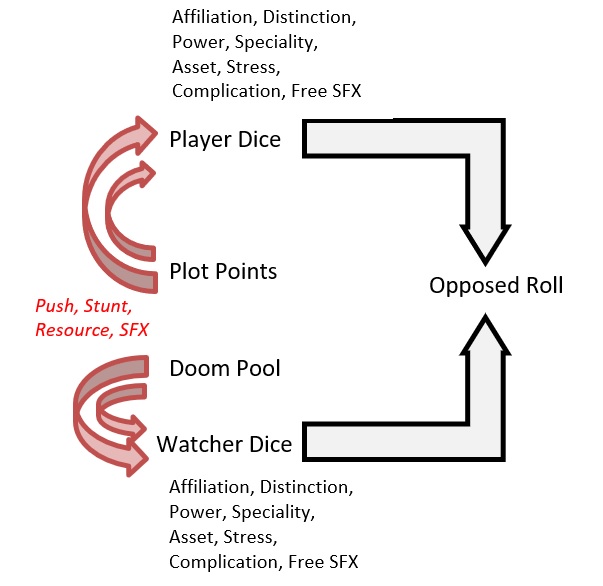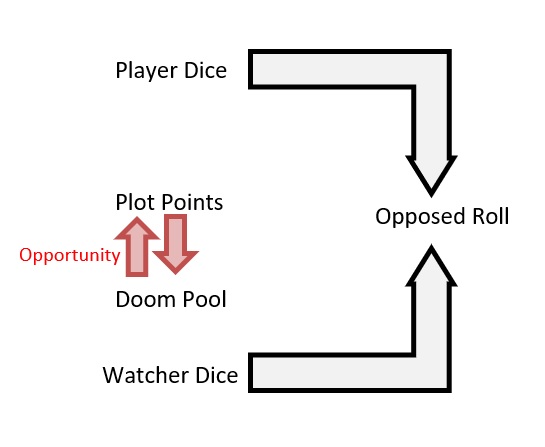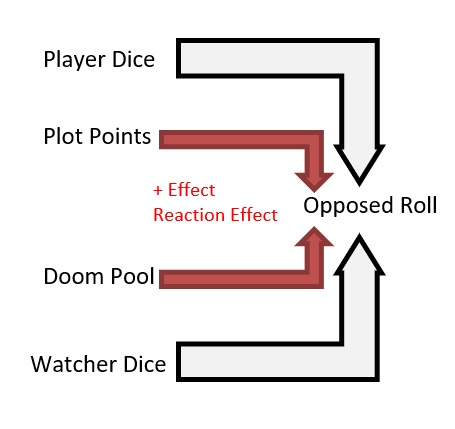I like those diagrams so much that I feel lonely about it, and I was getting so irritated with being too personally talky during labs. that I was pleased to find the solution to both. “Bring your own,” I said, and led a little curriculum through making them.
And finally that meant the insights from them don’t have to be re-introduced by me over and over, as people saw that these diagrams only illustrate the “brute-force” rules of play, which exist in ways that permit more flexible and elective rules to be applied when they should, and all of which together, creates a play-space among us in which other human dynamics can begin to cause things of their own.
 Long ago, I called something the Fruitful Void, and not long after, Vincent followed up with something called the Whirlwind. Come and see what we’re talking about.
Long ago, I called something the Fruitful Void, and not long after, Vincent followed up with something called the Whirlwind. Come and see what we’re talking about.






4 responses to “Monday Lab: DIY Diagram”
Fantastic! I hope we see some
Fantastic! I hope we see some of the others soon.
Sam, Rod and me are planning a Blades of the Iron Throne game for January, with Sam as the GM. Can’t wait There are a lots of combat subsystem so I’m writing a handout to help clarify character options.
It’s also an opportunity to me have to reviewed the two seminar on System diagrams. Here are two diagrams I made for Blade of the Iron Throne, to train my diagramming skill.
1. What the game is about
https://adeptplay.com/wp-content/uploads/2023/11/arak-1.png
It shows the importance of acting toward passions as a scene generation device. Passions points, like in the pool, serves as both bonus to rolls or experience points to develop skills, proficiencies, assets and attributes.
2. Damages
https://adeptplay.com/wp-content/uploads/2023/11/arak-2.png
I may be trying to look at too much different things here, or maybe it leans too much at the procedural map. Here is what I’m trying to do:
– Mainly, see how combat creates constraints on player’s choice. If we look at “Player choice” as the dependent variable, the intermediate variable here is “Dice Pools” (which is a how I name the Melee Pool + Sorcery Pool + Archery Pool). As a dependent variable, “Player choice” influence what weapon is used, and where the attack aims. I’ve used the blue color for some good reason, that I now have forgotten.
As a subroutines of this analysis, I was looking at:
– what are the determinants and interaction of variables that affect the different damage types.
Comments, if you want them.
Putting “player choice” into a diagram is a bad idea. It’s trying to diagram preparation and play, possibly as a system-teaching device, and it really doesn’t work. It’s tied to a real problem I’ve observed in teaching, which is that many people are paralyzed unless they think they understand and “master” every imaginable variable and option in the game first.
It’s better to let human choices simply reside wherever they are, per variable, without labeling. So “weapon type” would be a variable without regard to whether, when, or how it is determined.
Yes comments requested.
To be honest, I draw the damages diagram first, before reviewing this video, then the other one about passions and play after reviewing this seminar.
You’re right, I definitely fell into the trap of system-teaching with the damages diagram, with the idea of at least reminding about all the options.